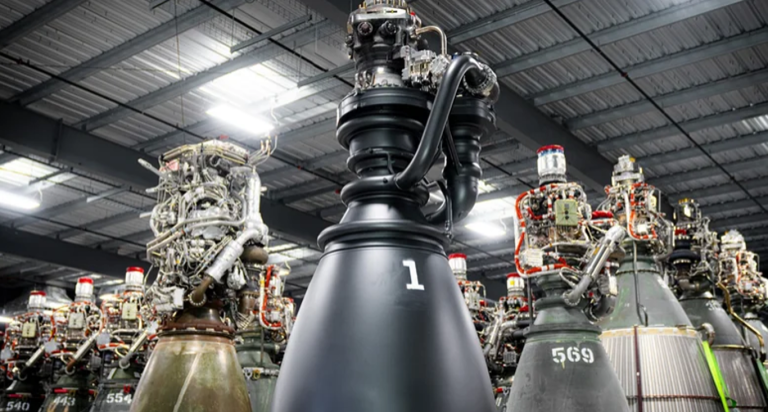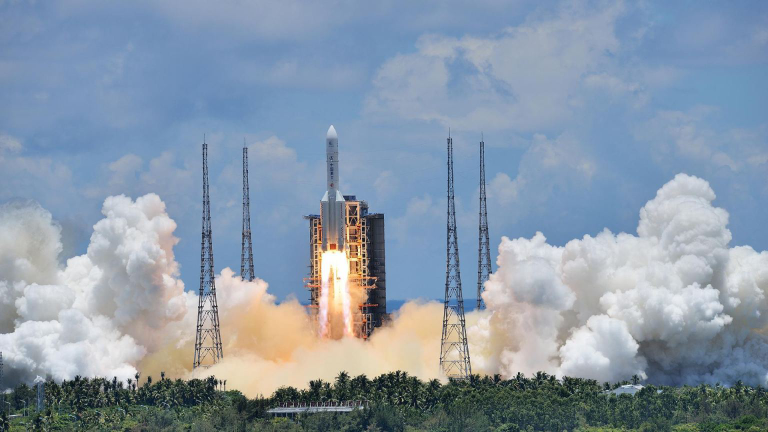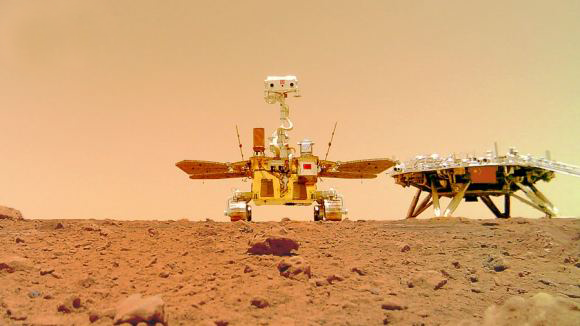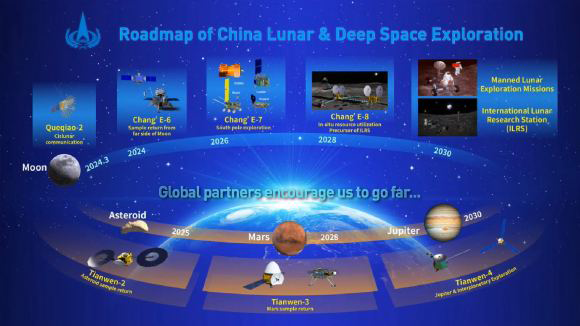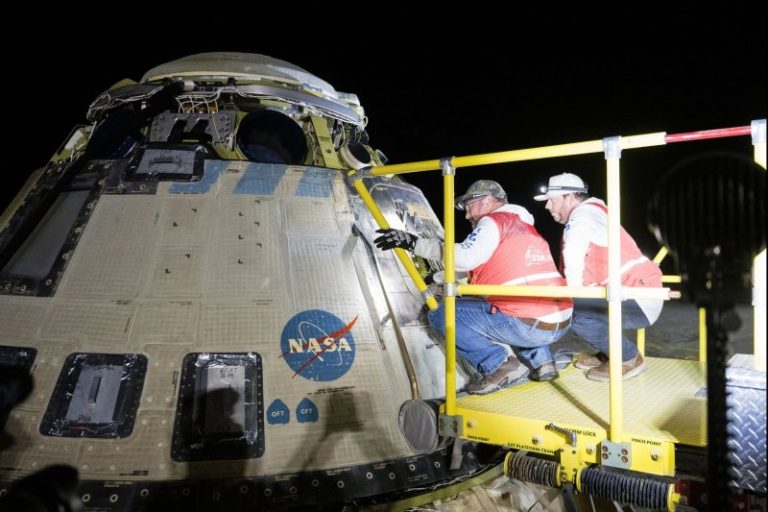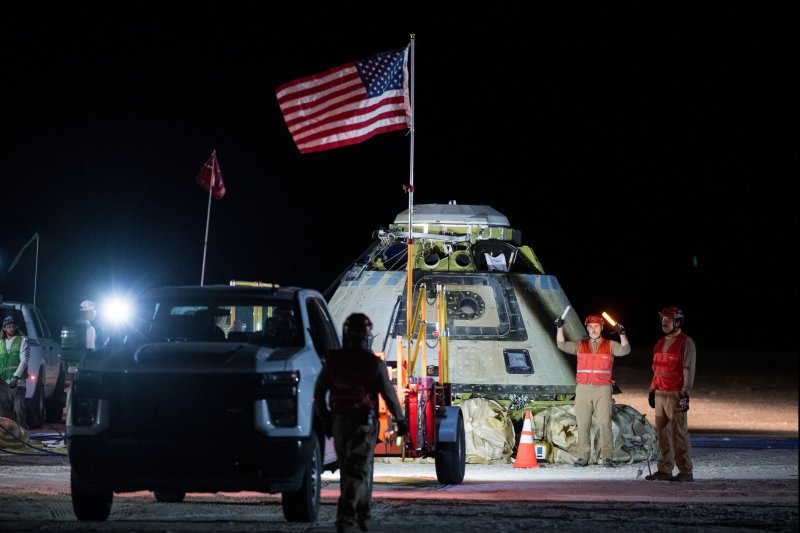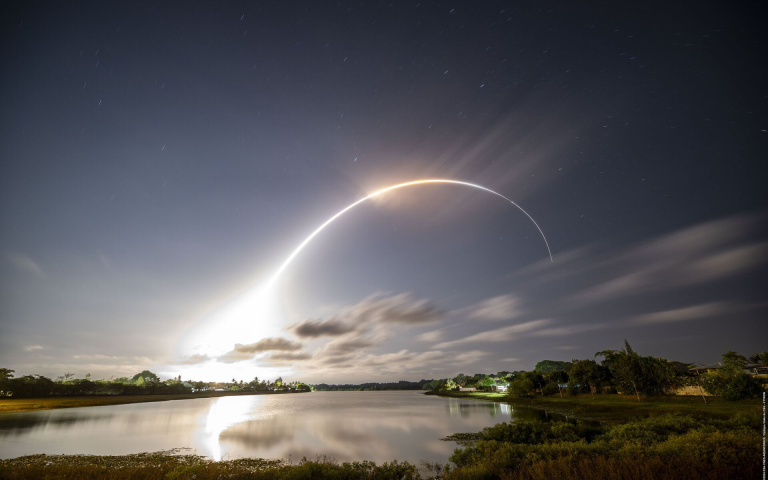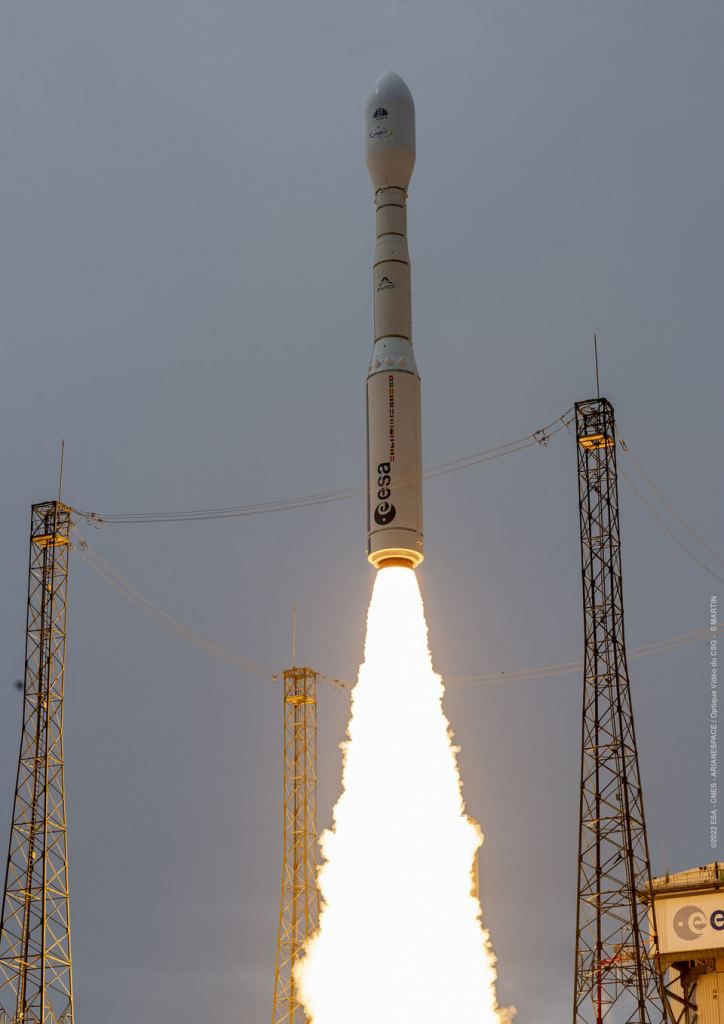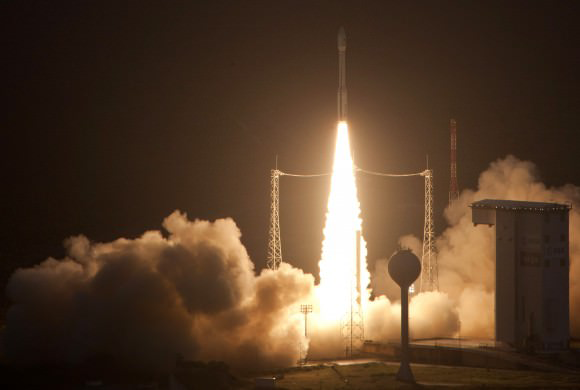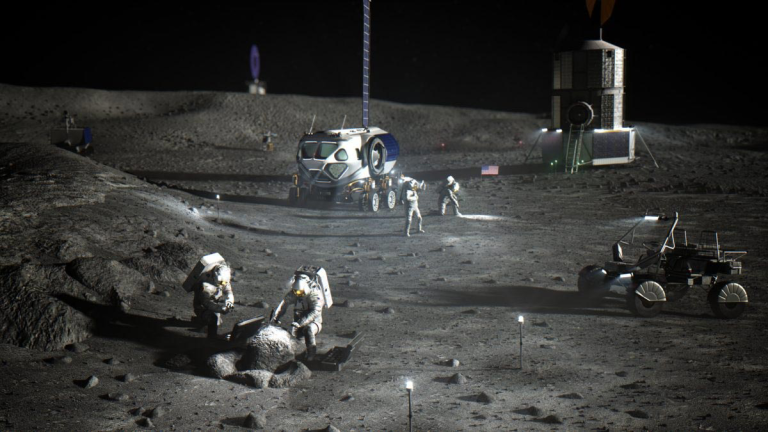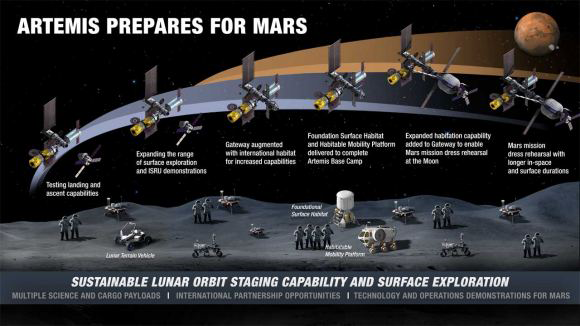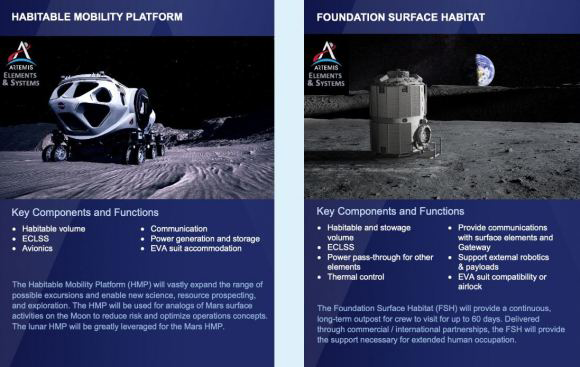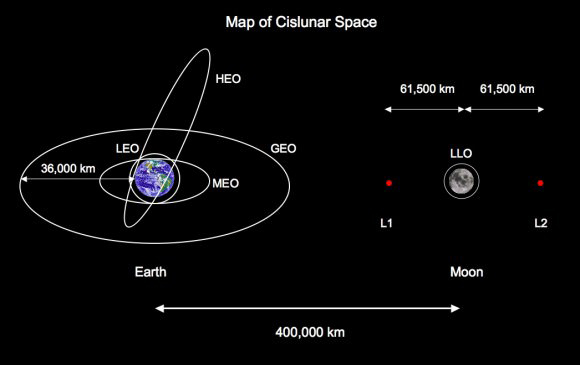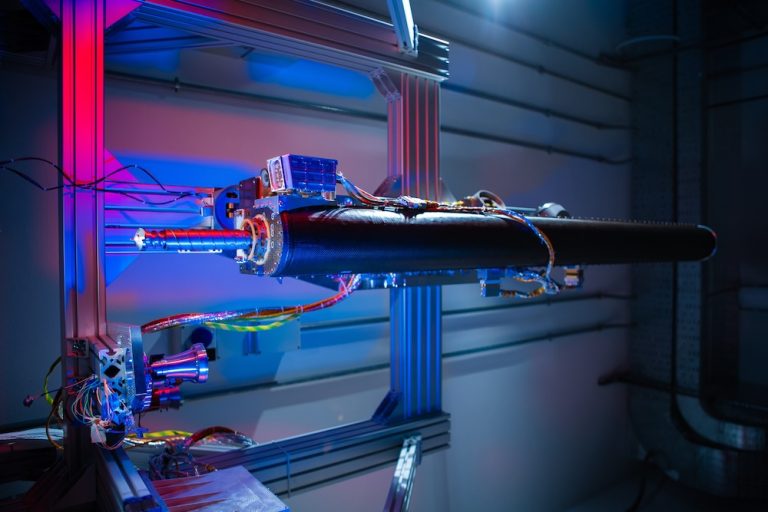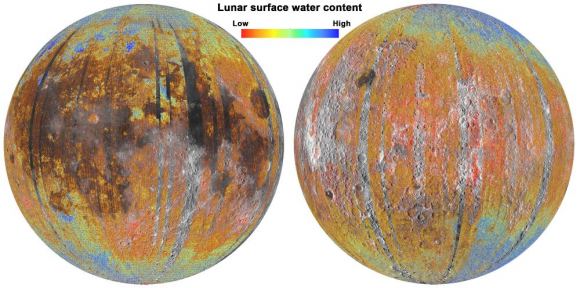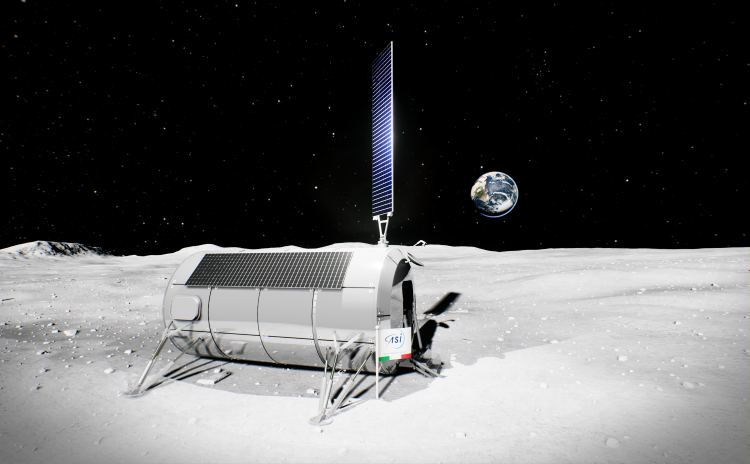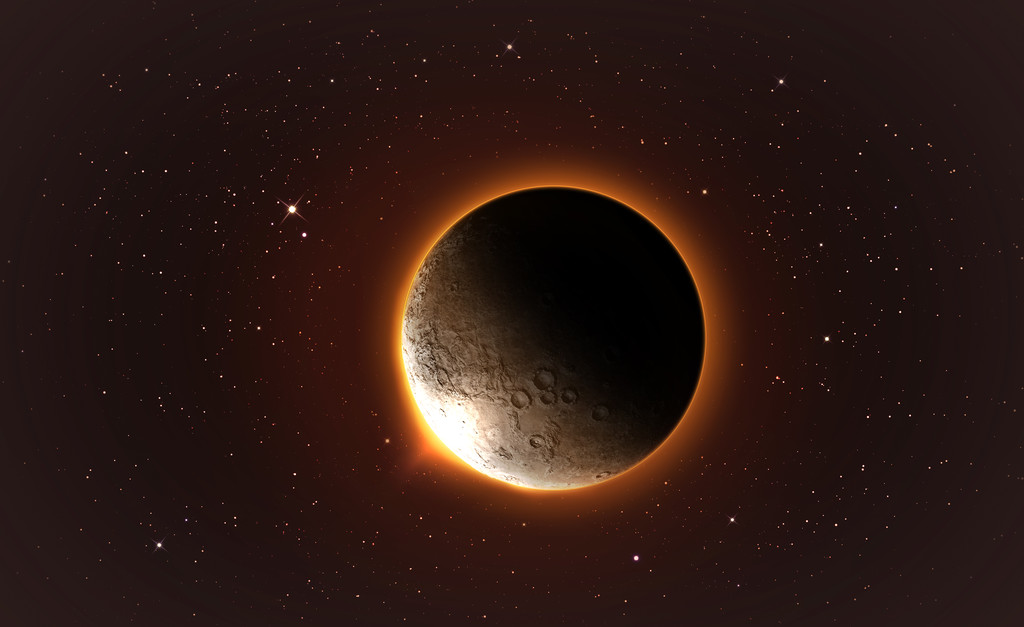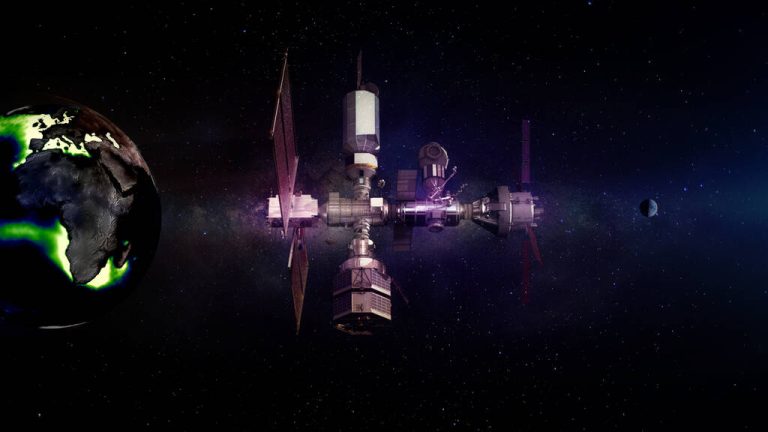SpaceX Raptor 3 Engine: Everything You Need to Know
- The Raptor 3 engine is SpaceX’s third-generation methane-oxygen staged combustion engine.
- It offers significant improvements over previous models, including higher thrust and reduced weight.
- Starship and Super Heavy rocket are the likely vehicles for Raptor 3, each utilizing multiple Raptor engines.
- Future enhancements are planned, with potential gains in thrust and efficiency.
- Two versions of the Raptor engine exist: Sea Level (for liftoff) and RVac (for vacuum operations).
Summary
- SpaceX introduced Raptor 3, marking a significant upgrade from Raptor 1 and 2.
- Thrust and specific impulse improvements show how much more powerful the Raptor 3 is.
- The Starship spacecraft and Super Heavy rocket will likely house the Raptor 3 engine.
- Sea Level and RVac models cater to different phases of space travel, each designed for maximum efficiency.
- SpaceX’s CEO, Elon Musk, indicates future upgrades are underway, aiming for more thrust and mass reduction.
- The Raptor 3 engine could see advancements, eventually increasing thrust beyond 300 tons and enhancing efficiency.
Raptor 3 (sea level variant)
Thrust: 280tf
Specific impulse: 350s
Engine mass: 1525kg
Engine + vehicle-side commodities and hardware mass : 1720kg pic.twitter.com/zormSroZyh— SpaceX (@SpaceX) August 3, 2024
Introduction
Those who follow the exploits of SpaceX, the commercial space launch and exploration company, recently learned about the unveiling of their third-generation reusable methane-oxygen staged combustion engine—the Raptor 3. Known as a powerhouse, the Raptor engine provides much more thrust than SpaceX’s Merlin engine, which is used in Falcon 9 rockets. The Raptor 3 represents the culmination of improvements in thrust, weight, and efficiency over two previous versions. Both SpaceX and its founder, Elon Musk, have shared updates about this new model on X (formerly Twitter), giving us insights into the technical advancements and the company’s future ambitions.
Specifications Compared to Previous Versions
One of the key aspects of any new technological development is how it improves upon previous versions. For the Raptor 3 engine, SpaceX has released comparative data on its three most important metrics: thrust, specific impulse, and engine mass.
| Version | Thrust (tf) | Specific Impulse (s) | Engine Mass (kg) |
|---|---|---|---|
| Raptor 1 | 185 tf | 350 s | 2080 kg |
| Raptor 2 | 230 tf | 347 s | 1630 kg |
| Raptor 3 | 280 tf | 350 s | 1525 kg |
Thrust is measured in ton-force units (tf), which shows how much force the engine can produce. The specific impulse (s) is a measure of how efficient the engine is in using fuel to generate thrust. Finally, the engine mass (kg) indicates how heavy the engine is.
- Thrust Improvement: From Raptor 1’s 185 tf to Raptor 3’s 280 tf, the thrust has significantly increased, making the Raptor 3 far more powerful than its predecessors.
- Specific Impulse: Interestingly, while Raptor 2 had a slight drop in specific impulse (347 s), Raptor 3 returns to 350 s, showing that it retains efficiency despite the increase in power.
- Reduced Mass: Raptor 3 is also lighter than both previous versions, dropping from 2080 kg in Raptor 1 to 1525 kg in Raptor 3.
As Elon Musk noted on X, “We are constantly improving performance while reducing weight. Raptor 3 is our best work yet.” By reducing the mass and increasing thrust, SpaceX has built an engine that’s not only more powerful but more efficient in terms of fuel and material use.
Performance stats of previous versions:
Raptor 1 (sea level variant)
Thrust: 185tf
Specific impulse: 350s
Engine mass: 2080kg
Engine + vehicle-side commodities and hardware mass: 3630kgRaptor 2 (sea level variant)
Thrust: 230tf
Specific impulse: 347s
Engine mass: 1630kg
Engine… pic.twitter.com/8PgQeALOx4— SpaceX (@SpaceX) August 3, 2024
Engine Design and Usage in Spacecraft
The Raptor 3 engine is designed with reusability and versatility in mind, making it ideal for multiple mission types, from launches from Earth to operations in space. While SpaceX hasn’t explicitly announced which spacecraft will use the Raptor 3, the Starship spacecraft and Super Heavy rocket are the most likely candidates.
The Starship System
The Starship system is SpaceX’s flagship project designed for deep space exploration. This system consists of:
- Starship (the spacecraft) designed to transport crew and cargo to Earth orbit, the Moon, Mars, and beyond.
- Super Heavy (the rocket) that powers Starship into space.
Elon Musk has frequently described Starship as the “world’s most powerful launch vehicle ever developed.” A fully reusable Starship will be capable of carrying up to 150 metric tons or 250 metric tons in an expendable configuration. At its core, both Starship and Super Heavy rely on Raptor engines for propulsion.
Raptor 3 in Starship
In terms of engine configuration:
- The Starship spacecraft is powered by six Raptor engines:
- Three Sea Level Raptors (optimized for liftoff and atmospheric escape).
- Three RVac Raptors (optimized for vacuum space operations).
- The Super Heavy rocket is powered by 33 Raptor engines.
This combination of engines ensures that Starship can navigate both atmospheric and space environments, making it a versatile option for multi-destination missions. The Raptor 3 will likely play a crucial role in both components of SpaceX’s interplanetary ambitions.
Sea Level vs. RVac Models
Sea Level Model
The Sea Level Raptor 3 is the model revealed so far. It’s designed for launch and atmospheric operations, providing the thrust needed to break free of Earth’s gravitational pull. These engines feature a smaller exhaust nozzle optimized for high-pressure environments near the surface of planets.
RVac Model
The RVac (Raptor Vacuum) engines, on the other hand, are designed for vacuum conditions in space. They come with a much larger exhaust nozzle for optimal performance outside Earth’s atmosphere. According to Musk, future versions of the RVac Raptor 3 could offer a specific impulse of up to 380 seconds. “In a few years, we will finally have a Raptor 3/4 vacuum version (giant nozzle) with ISP of 380,” Musk tweeted. This would mark a major leap in spacecraft efficiency, particularly for missions to distant planets like Mars.
| Engine Type | Primary Use | Key Feature | Specific Impulse (s) |
|---|---|---|---|
| Sea Level Raptor 3 | Liftoff and atmospheric escape | Smaller nozzle for high pressure | 350 s |
| RVac Raptor 3 (Projected) | Vacuum space travel | Larger nozzle for vacuum efficiency | 380 s (target) |
Future Development and Potential Upgrades
SpaceX is not content with the current version of the Raptor 3. In fact, Musk has hinted at further improvements. He mentioned that engineers are working on increasing the thrust to over 300 tons, improving the thrust-to-weight ratio, and potentially gaining 5 seconds of specific impulse in future iterations.
Important to note that the induced mass (mass required by a given engine design that is not the engine itself) of Raptor 3, while far better than Raptor 2, still has a lot of room for improvement.
Thrust will exceed 300 tons with Raptor 3.x (thrust/mass>200), enabling 10,000…
— Elon Musk (@elonmusk) August 3, 2024
This relentless focus on optimization could make future versions of Raptor 3 even more competitive in terms of payload capacity, reusability, and interplanetary missions. With SpaceX aiming to establish a sustainable presence on Mars, these advancements could be pivotal.

